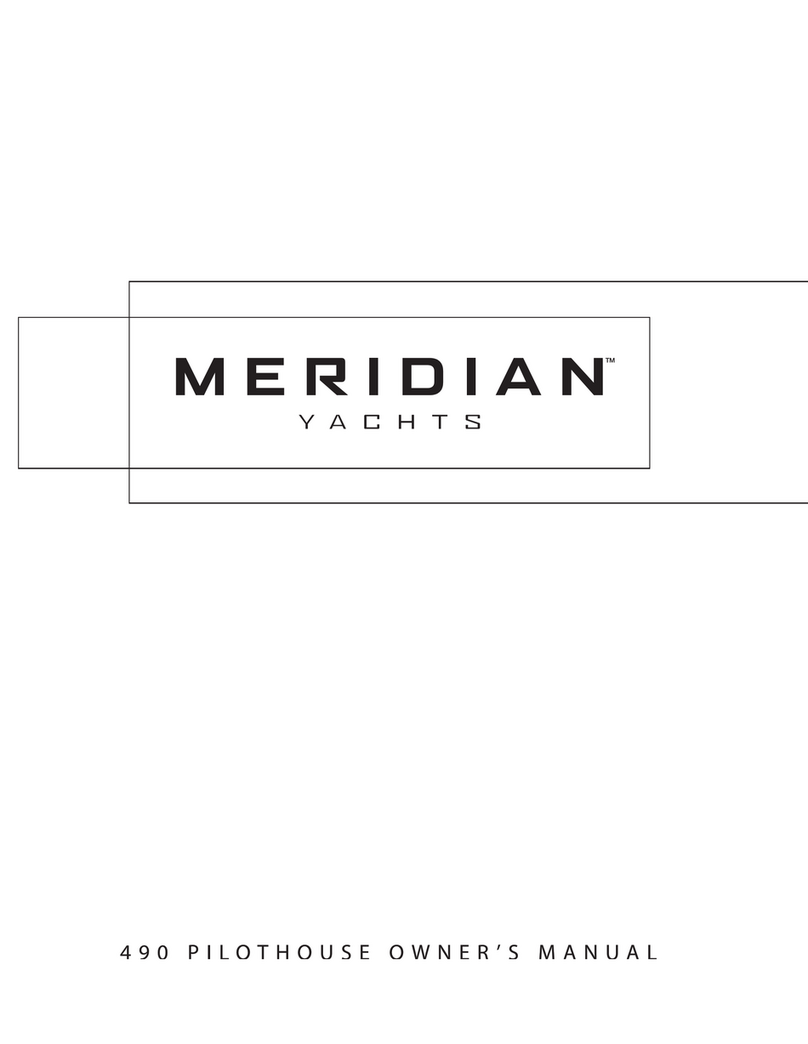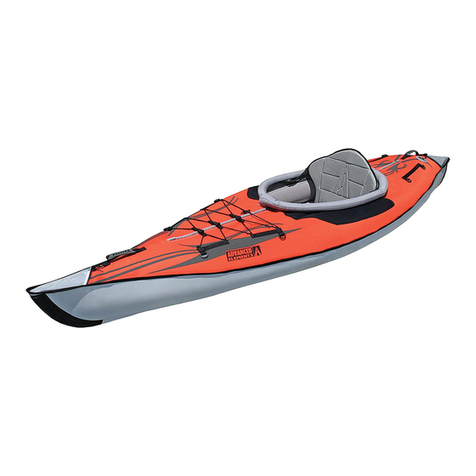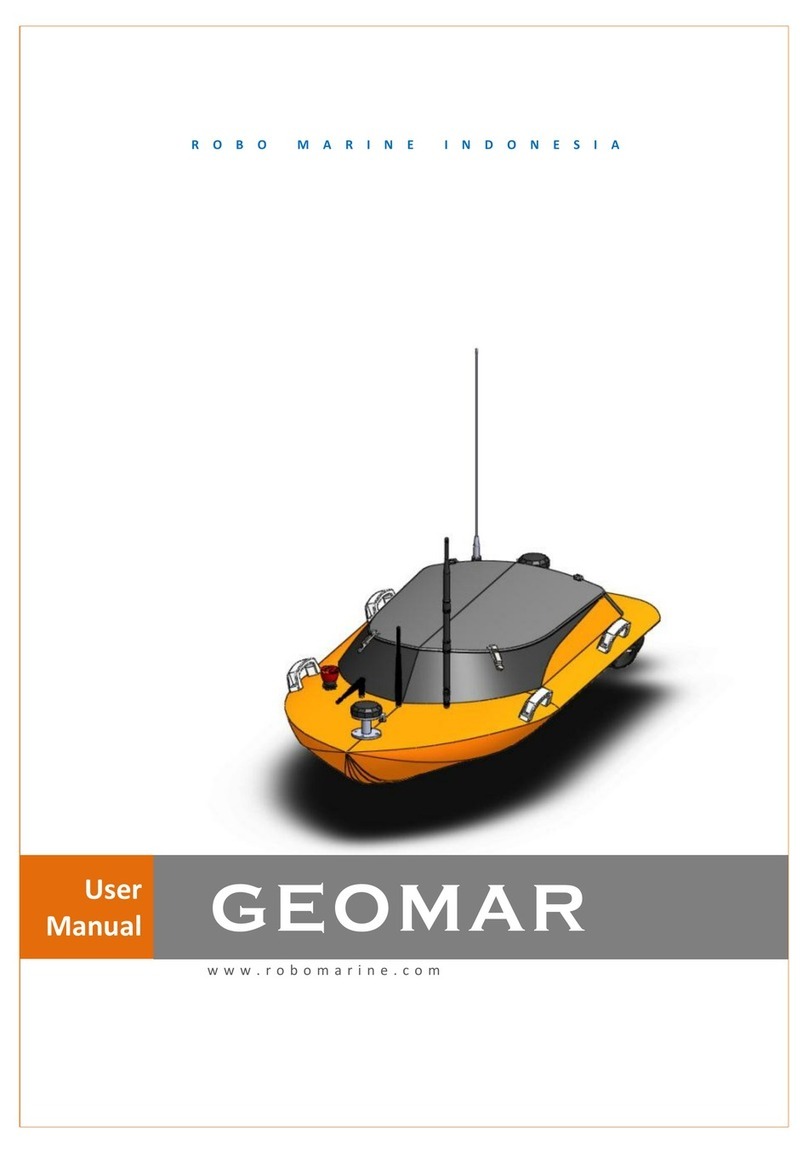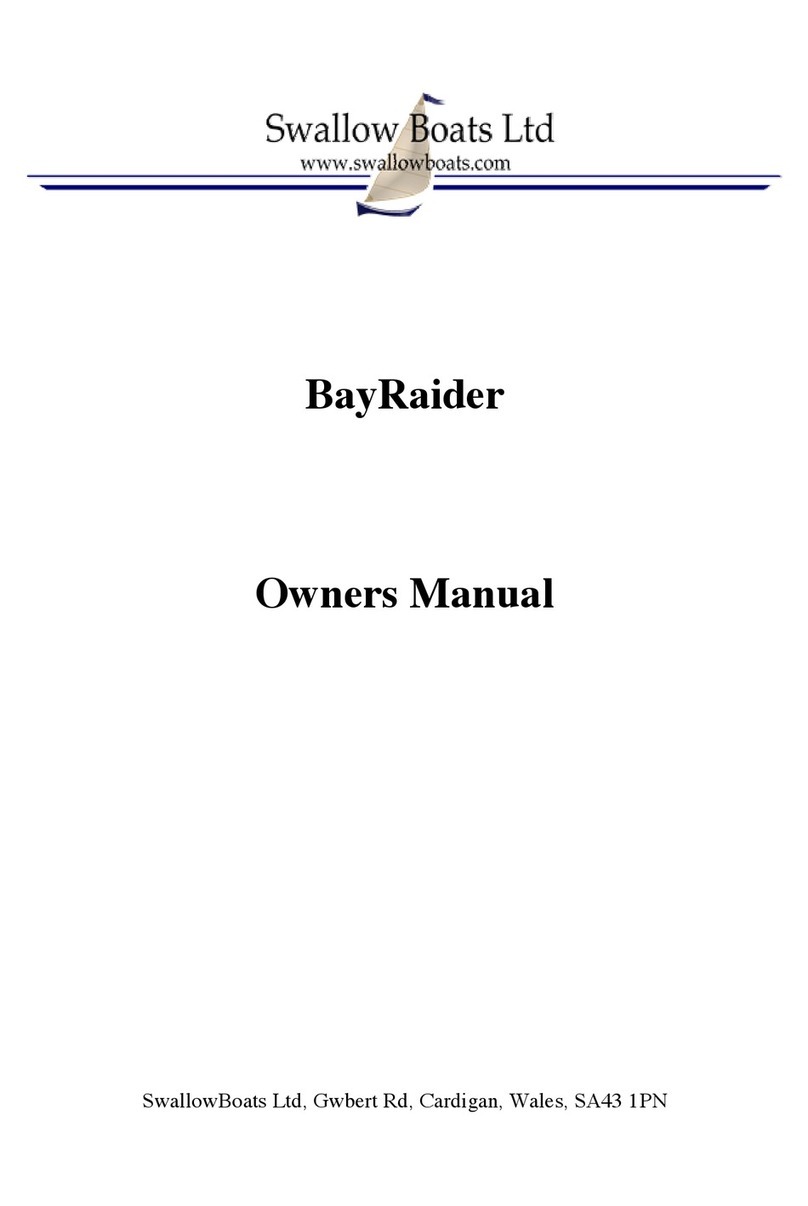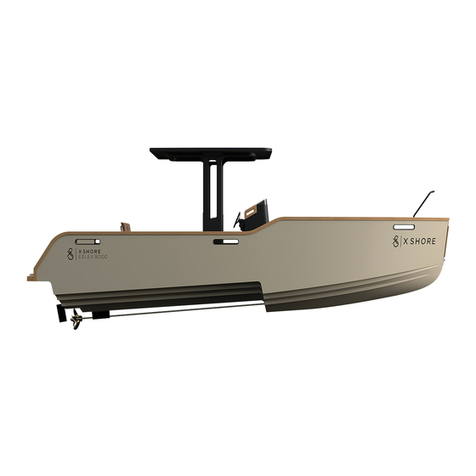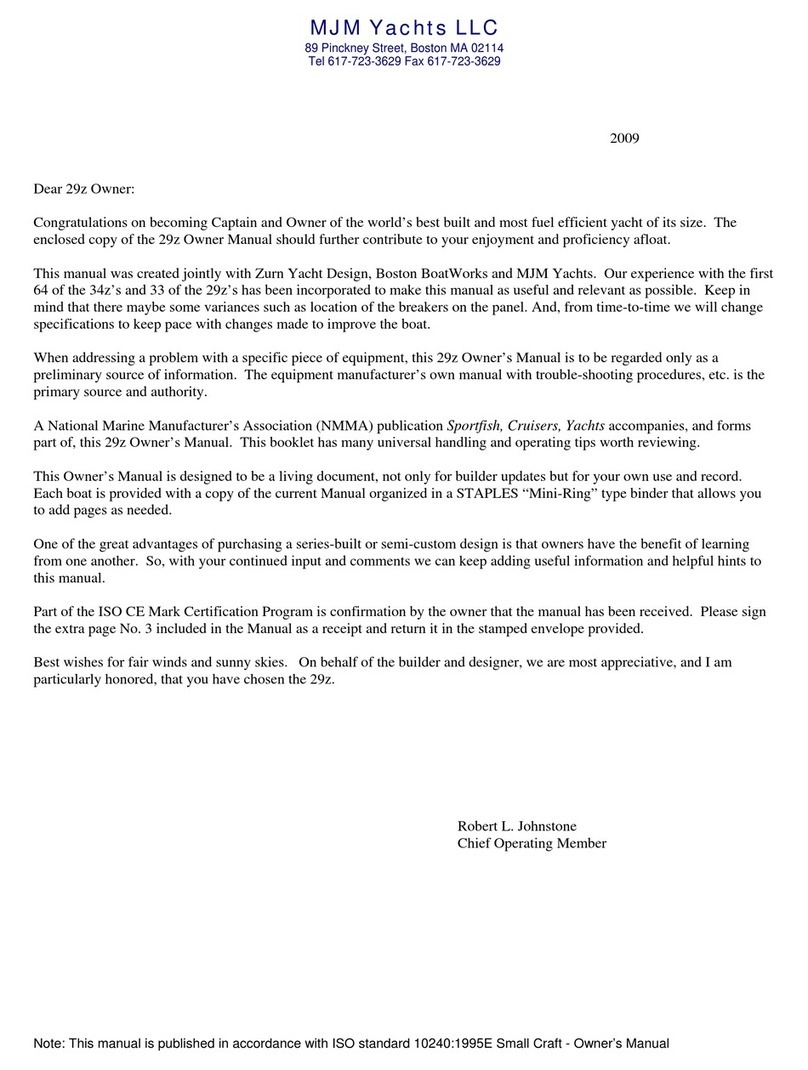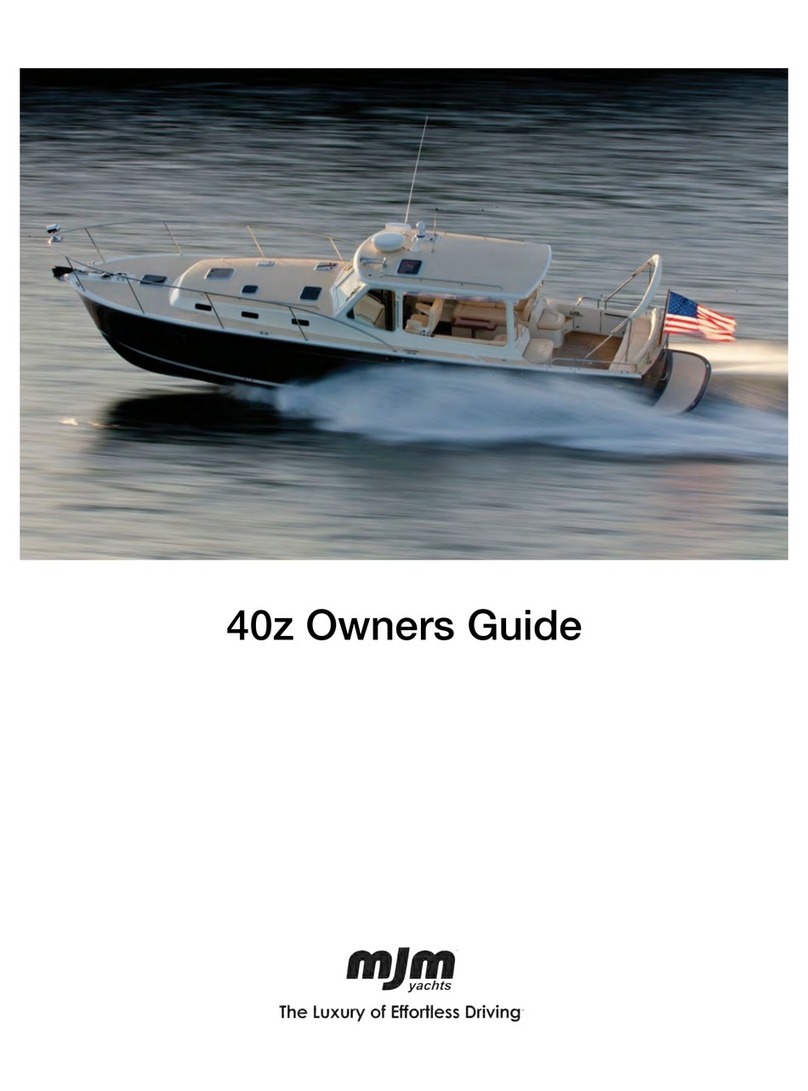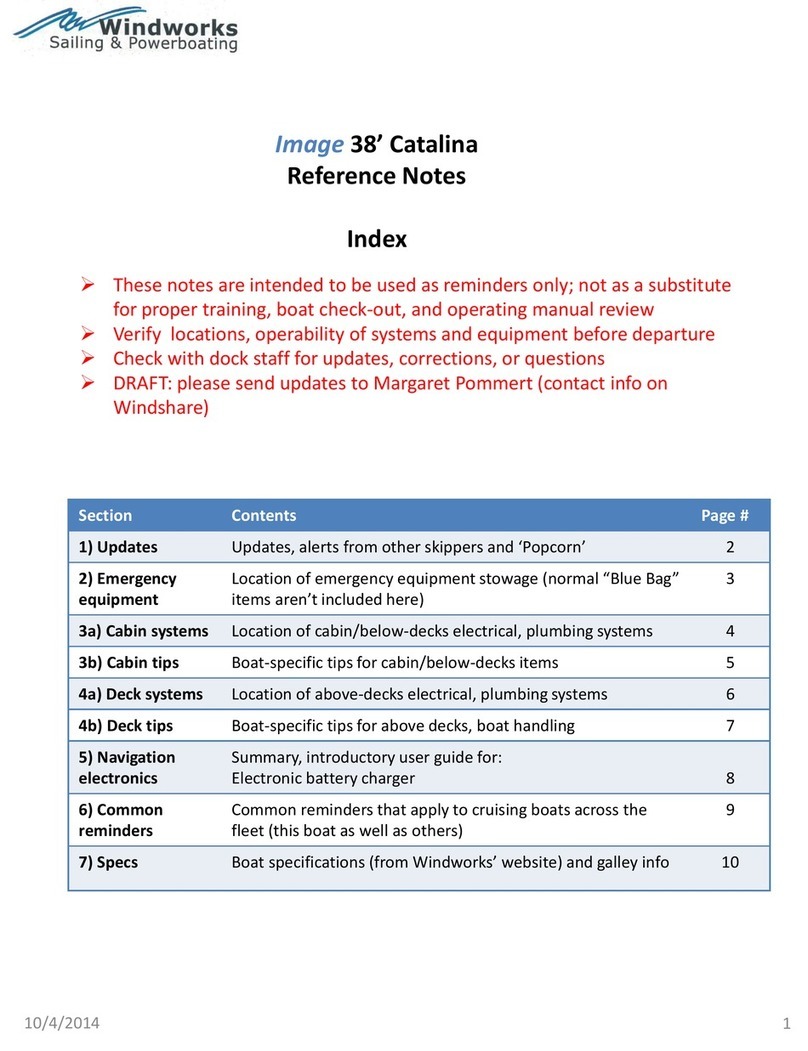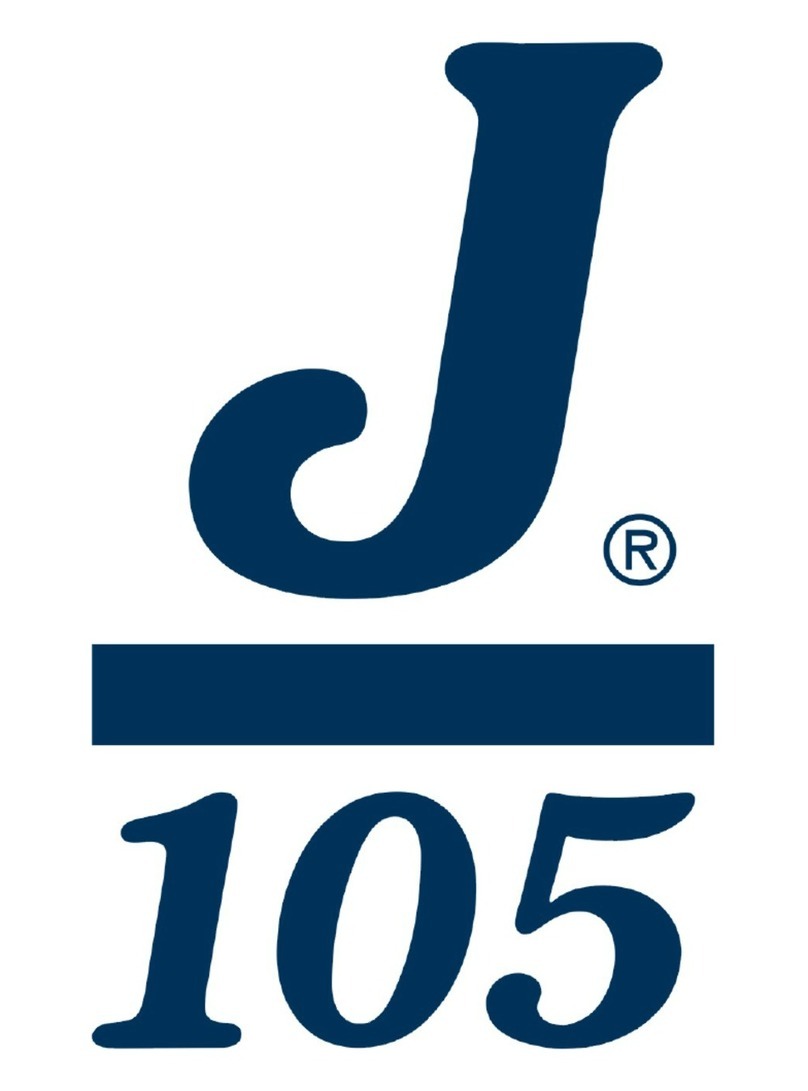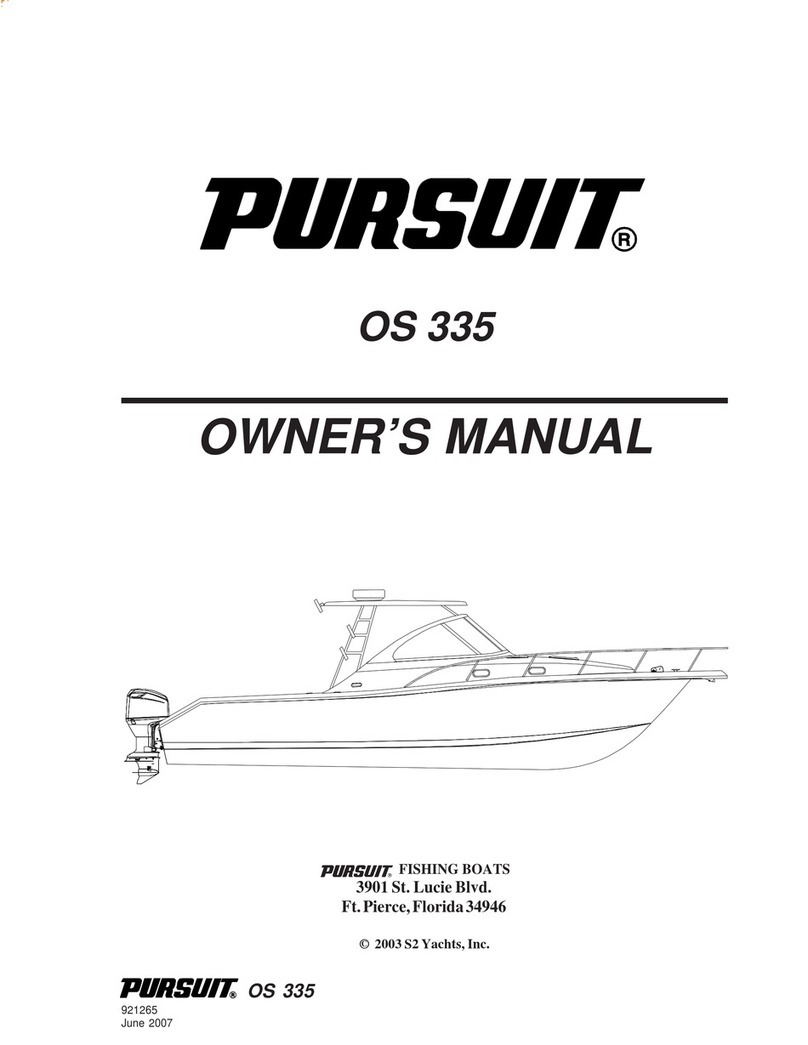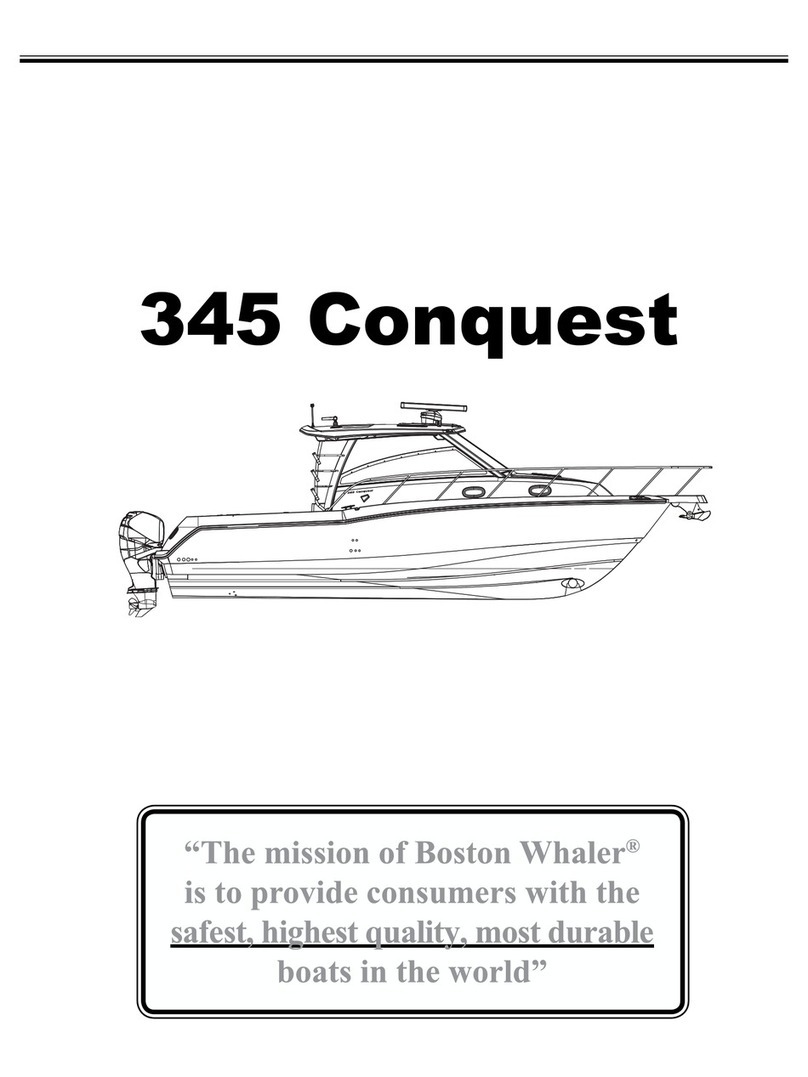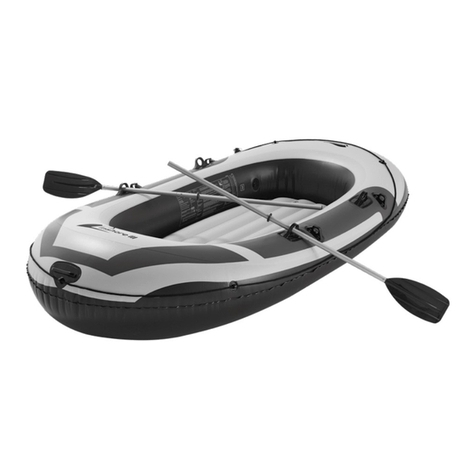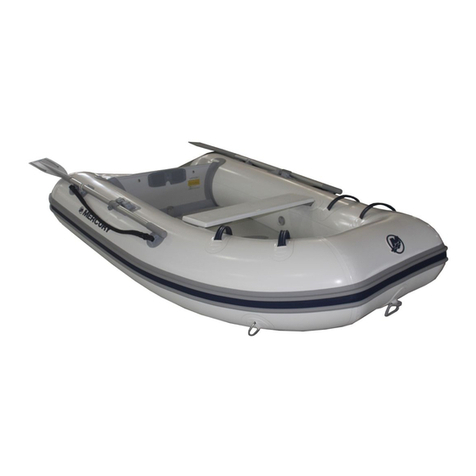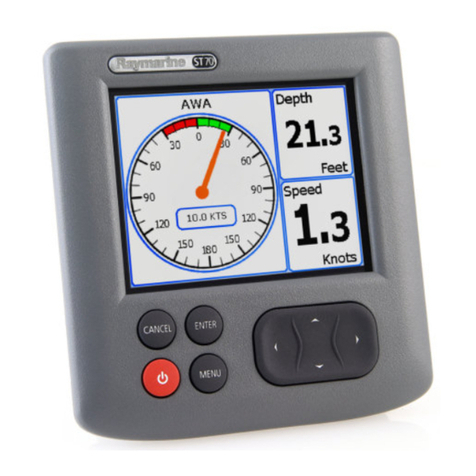
CHAPTER 1 OPERATION
- 7 - 34z
It is prudent to check (or have checked) your compass alignment once the boat is in your
primary area of operation. See the Ritchie instructions for compensation.
Check that all equipment is functioning, even if you intend not to use it.
Radar functioning and properly aligned (Double-check when underway) See manual to
adjust, tune and operate.
Compass Heading & Calibration
There are 3 heading references for navigation on the 34z: (1) The compass on the dash, (2)
Autopilot fluxgate compass, and (3) GPS COG (Course Over Ground). All of these headings
should be within a degree or so of each other. If not, it is recommended that differences be
recorded on a deviation card after following the calibration method outlined below or employing
the services of a compass adjuster. Use COG as the primary reference at a time when you are
not influenced by wind/wave/tidal set. The fluxgate compass sensor is located on the forward
bulkhead of the hanging locker and is accessible by removing the bottom drawer under the
galley. Avoid storing steel or iron items such as tools in the bottom drawer, in the bottom of the
hanging locker or under the companionway treads.
Ship’s Compass Calibration Method
1) With the compass in its intended position, but not finally secured, select a course on your chart
using two identifiable marks, buoys or landmarks that are within ten degrees (10°) of the
north/south line. Try to select this course so that you can maneuver your boat "down range" of
the marks selected.
2) From a position down range of the North/South marks, and keeping the marks lined up, run
the boat visually along the northerly course selected. Turn the port/starboard compensator until
the compass reads correctly.
3) Reversing direction, run the boat southerly, again keeping the marks lined up. If the compass
is not correct at this time, there is an alignment error. To correct, rotate the compass itself to
remove one half of this error. Repeat Steps 1 and 2 and then recheck this Step 3.
4) Simply repeat the procedures of Steps 1, 2 and 3, except this time, using an east/west course
and the fore/aft compensator, although at this time any alignment error should have been
eliminated.
5) Upon completing the procedure, secure the compass in its final position.
Boat Speed Boats equipped with the Raymarine C120 plotter and the optional High Definition
Fishfinder fairing block with paddlewheel sensor (located in aft port cockpit locker) have the
capability of reading Boatspeed through the water and Water Temperature. SOG (Speed Over
Ground) is displayed by the chart-plotter. Eventually, you will learn to approximate boat speed
through the water by relating it to RPM on the tachometer. For instance, boat speed in knots is
about 70% of RPM in 100’s (1200 RPM = 8.3 kts) below 20 knots. Or at higher speeds
RPM/100 is approximately mph.
1.5 TOWING
Refer to the included NMMA publication “Sportfish, Cruisers, Yachts – Owner’s Manual” for
towing instructions.
1.6 HAULING OUT
A facility that is unfamiliar with the 34z may require information before hauling the boat with a
TraveLift or crane & straps. Refer to Figure 14.10 included in this manual. The keel (centerline of
the boat) and chines (edges) are solid fiberglass and should be used to position weight bearing
supports. You will note that the fore and aft lift points are located pretty much at either end of the
pilot house.
Point loading flat areas other than centerline and chine or setting the weight of
the hull on supports of insufficient area may result in damage to the hull.

